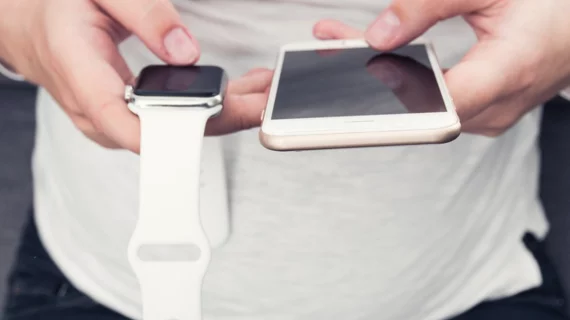Magnets in some cell phones, smart watches can affect implanted medical devices, new research confirms
The magnets in some newer cell phones and smart watches may impact implanted medical devices, according to a new study published in Heart Rhythm.
Back in May, the FDA issued an advisory about this very issue.
“We believe the risk to patients is low and the agency is not aware of any adverse events associated with this issue at this time,” Jeff Shuren, MD, JD, director of the FDA’s Center for Devices and Radiological Health (CDRH), said at the time. “However, the number of consumer electronics with strong magnets is expected to increase over time. Therefore, we recommend people with implanted medical devices talk with their health care provider to ensure they understand this potential risk and the proper techniques for safe use.”
For this latest analysis, four FDA representatives tested all iPhone 12 and Apple Watch 6 models to see if their magnets might cause implantable pacemakers or implantable cardioverter-defibrillators (ICDs) to inadvertently enter “magnet mode.” All phones and watches were fully charged and then disconnected from charging cables before being evaluated.
Overall, the researchers wrote, every device they examined had a high enough magnetic field to force implantable pacemakers and ICDs to temporarily enter magnet mode.
If at least six inches of distance is kept between the electronic devices and implanted medical devices, however, no such issue occurs.
“Because of these results, we are taking steps to provide information for patients and healthcare providers to ensure they are aware of potential risks and can take simple proactive and preventive measures like keeping consumer electronics, such as certain cell phones and smart watches, six inches away from implanted medical devices and not carrying consumer electronics in a pocket over the medical device,” lead investigator Seth J. Seidman, MS, an engineer with the CDRH, said in a statement.
The original FDA advisory on this topic can be read here. The full Heart Rhythm analysis is available here.

